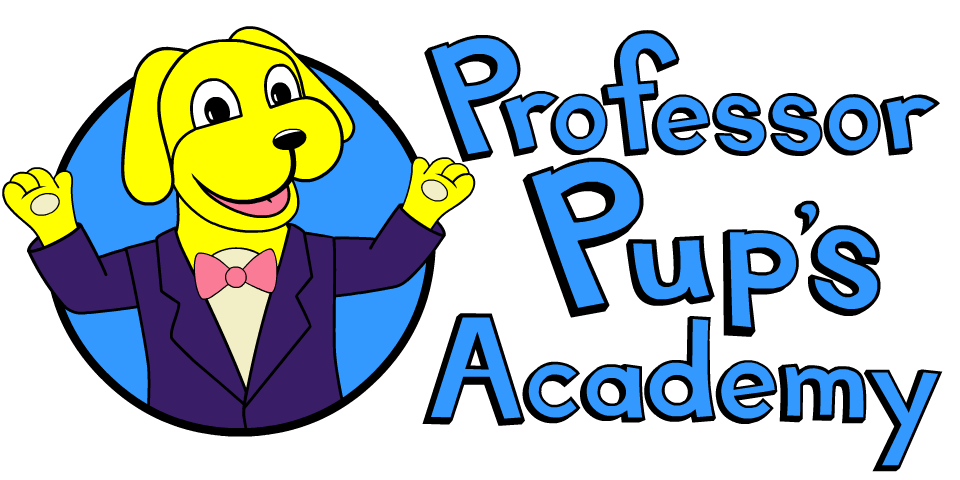Kids usually learn how to talk without any special instruction – but learning to read is a totally different process! Reading does not come naturally to kids; it’s a skill that must be explicitly taught.
Before kids can learn to read, they need to learn about sounds. In phonics, we call these sounds “phonemes.” The more that kids practice their phonemes, the more prepared they are for reading.
To practice phonemes, we recommend using rhymes and songs. Rhymes are a wonderful way to help kids learn to read. They bring attention to certain sound patterns in words, helping children to recognize these sounds and how they change from word to word. Read on for our Sing a Rhyme game, which helps children develop these important phonics skills!
Sing A Rhyme to Help Kids Learn To Read
Rhyming is an advanced skill in developing phonemic awareness. Before implementing this game, gauge the level of your young learners and be sure that they’re ready to rhyme!
For best results, play this activity over the course of two days.
Preparation
1. Gather your rhyming cards (If you use Professor Pup’s Phoneme Farm, you can print the Rhyming Cards from your Teacher Portal. If not, feel free to make your own!)
2. Pocket chart
A pocket chart is a chart with several clear pockets that hold cards or other illustrations. If you do not have a pocket chart, feel free to use any other method you prefer, like magnets, paper clips or even easels.
3. Select a few recorded nursery rhymes to play. Some examples include:
- Down by the Bay
- Five Little Ducks
- This Old Man
- Do Your Ears Hang Low?
- Little Boy Blue
- Pat-A-Cake
- Twinkle, Twinkle Little Star
- Hush Little Baby
- Little Miss Muffet
Sing a Rhyme! – Day 1
1. Explain to your students that they will be practicing rhymes, and that rhymes are simply words that sound alike.
2. Play a recording of a nursery rhyme, or sing them yourself for your students.
3. Once the song ends, take the lead and identify the words that rhyme. Clearly display these words on cards and in the pocket chart for your students to see. For example, you might sing the song “Down by the Bay.” You may say, “In this song, I heard the line, ‘Did you ever see a goose kissing a moose?’ Goose and moose have the same ending sound, so they are rhyming words.” Repeat the recording and continue to identify sets of rhyming words, explaining what sounds are similar between the two words.
During Day One, the aim is to show students the sound pattern between rhyming words. Make it as obvious as possible, providing clear explanations so that your students can follow along. Kids learn to read when they can recognize sound combinations and patterns in words. So, though they are not yet working with letters in print, be absolutely sure that they catch onto the pattern in rhymes.
Sing a Rhyme! – Day Two
1. Pick some new songs and play them for your students. Ask them to pay attention to the sounds in words. Once the song is over, work together to create a list of rhyming words. Display these rhyming words in the pocket chart for everyone to see.
2. Now, encourage the children to take the lead and identify rhyming words themselves. Play another song, working with them to determine what words share the same ending sounds. Enunciate words clearly, and ask your students to do the same so that everyone can hear it. Be sure to repeat the ending sounds so the sound pattern becomes obvious.
It is important to remember that while rhyming may seem easy, it’s not! No part of learning to read is natural, so children need explanations, examples and instruction in order to pick up these skills.
Kids Learn To Read With Professor Pup and Friends
Games and activities like Sing a Rhyme help young learners grow familiar with sound patterns in words. We recommend implementing these games alongside our tablet-based program, Professor Pup’s Phoneme Farm.
At Professor Pup’s Academy, we want to make high quality phonics learning available to all children. As a teacher using our programs, you do not need any additional training in phonics instruction. We developed our programs so that you have a comprehensive phonics program ready to use – whenever you need it. Just watch your kids learn to read with Professor Pup and his friends!
To learn more about Professor Pup’s Academy for your classroom, please visit our page for teachers. We offer a free 30-day trial for all educators.
